Scottish Water is urging households to reduce unnecessary water usage as risks of scarcity at popular beauty spots in the Highlands and Aberdeenshire increases.
Warnings have been issued by the Scottish Environmental Protection Agency (Sepa) over declining water levels amidst warm temperatures.
The River Dee in Aberdeenshire has been raised to a moderate risk level, while the Helmsdale and the Spey catchments have been placed on alert.
The Ness in Inverness has also been placed under an early warning level.
The catchments are amongst 11 more areas at risk of water scarcity across Scotland due to low river and groundwater levels.
The announcement today comes just a week after Sepa warned conditions in the east were unlikely to improve due to the ongoing spell of dry weather.
‘Water scarcity is a very real threat’
Nathan Crichlow-Watton, Sepa’s head of water and planning, said: “The situation continues to deteriorate in the east of the country, with most areas now in alert or moderate scarcity level.
“We’re also now seeing conditions worsen in the south-west and businesses that rely on water in this part of the country should also be thinking about how to be more efficient.
“Water scarcity is a very real threat as a result of climate change, and one which affects multiple industries across Scotland including agriculture, whisky production, golf and hydropower.”
Officials are continuing to monitor the situation; however, experts have warned restrictions on abstractions may be imposed to protect the water environment if the water level reaches significant.
Bosses from Scottish Water and now calling on households to reduce their water usage to support ongoing efforts to protect the country’s water environment.
Last weekend, customers used an additional 200 million litres of water from their taps – the equivalent to 100 Olympic-sized swimming pools.
How to protect Scotland’s water
Kes Juskowiak, Scottish Water’s water operations manager, is urging Scots to cut back on the amount of water they use; particularly in their garden.
Households are being encouraged to use a water can or water butt instead of a garden hose and refrain from watering their grass.
Motorists are also being asked to resort to using a bucket and a sponge to wash their car and refrain from using a hose or jet washer.
The water company is also asking residents to try and cut back when carrying out everyday tasks, by taking shorter showers, turning the tap off when brushing your teeth and to only use washing machines and dishwashers when they are fully loaded.
People looking to fill up a paddling pool in the hot weather are being asked not to – or to reuse the water where possible.
Mrs Juskowiak said: “The warm, dry weather has seen an increase in the amount of water being used by customers and the amount we need to put into the system to meet that demand.
“Continued warm weather, a lack of rainfall and continued high use levels in the home and garden could put pressure on supplies in the days and weeks ahead.
She added: “I would ask that householders take a few simple steps to use water efficiently and use less wherever possible, but particularly in the garden. Combined with our operational adjustments to the network which supplies our homes, these actions can make a significant difference.”
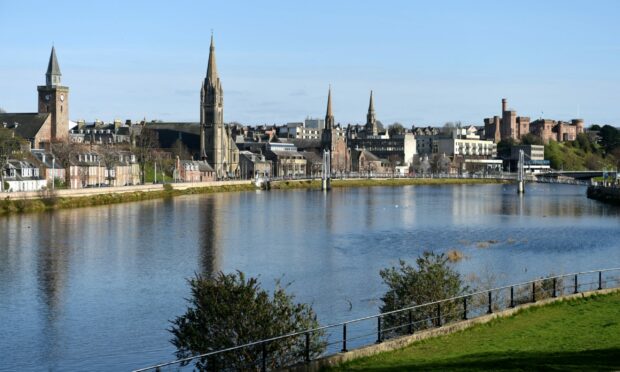
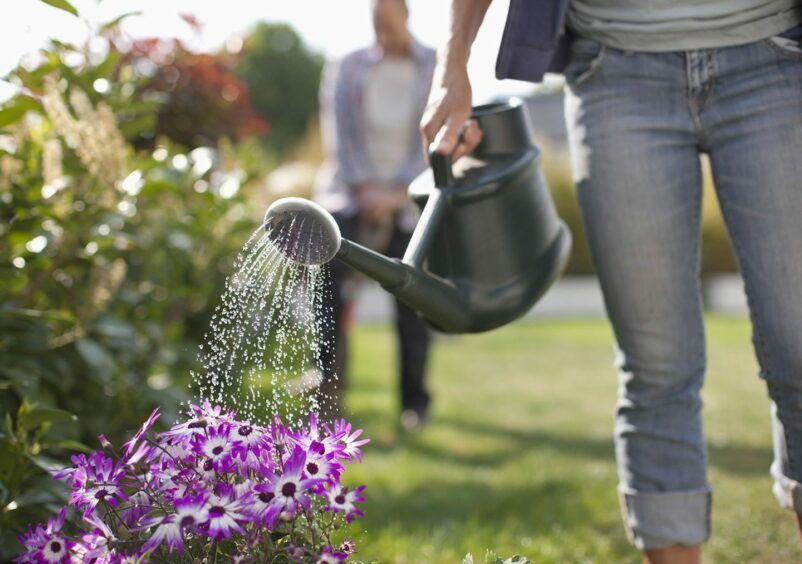
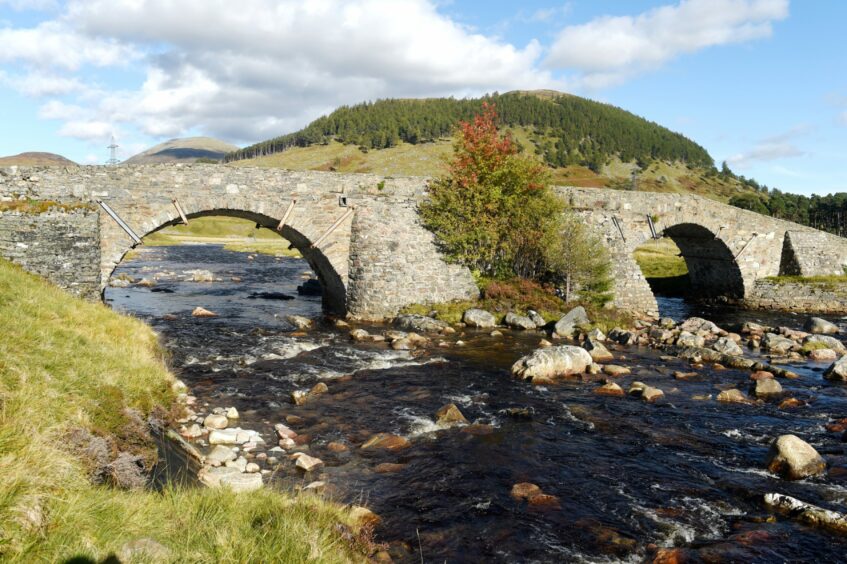
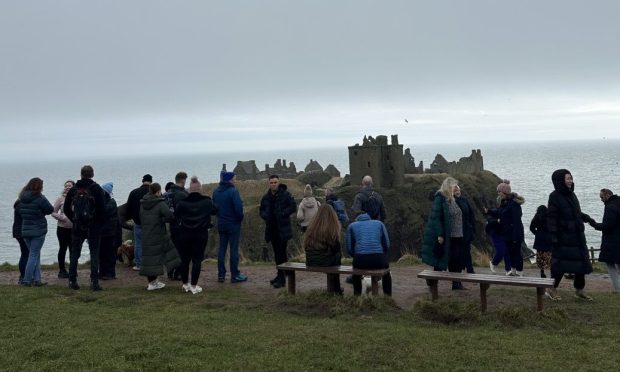
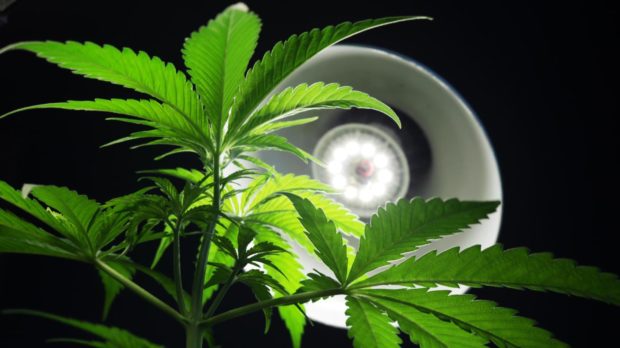
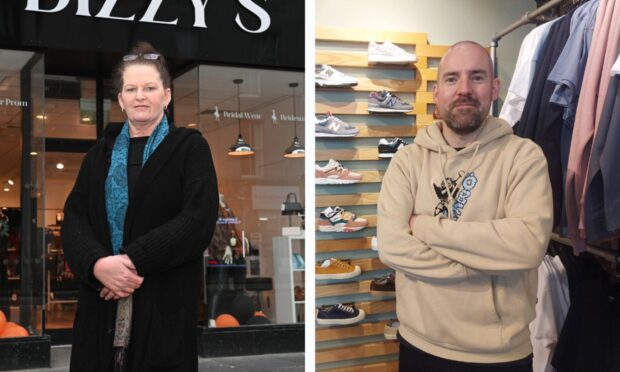






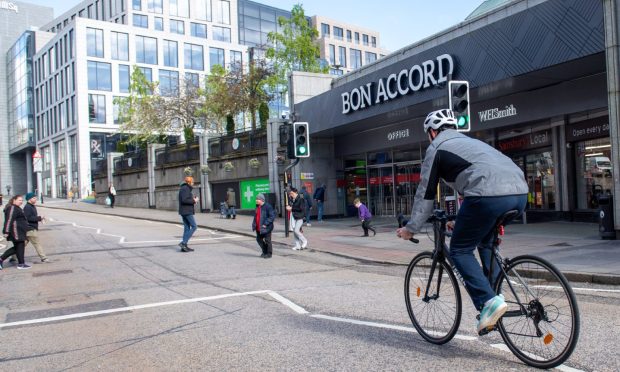
Conversation